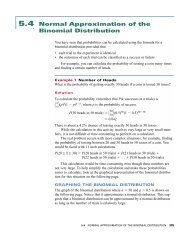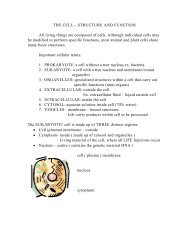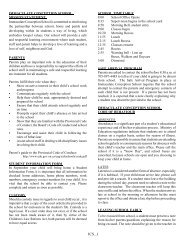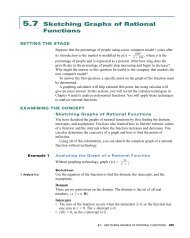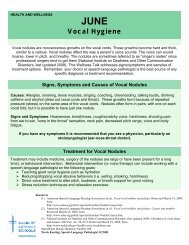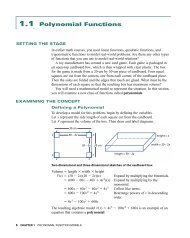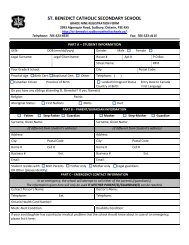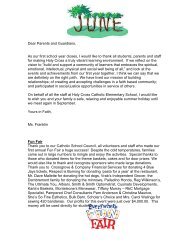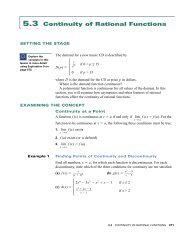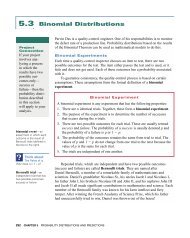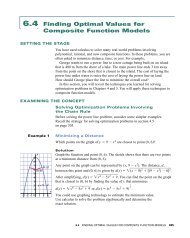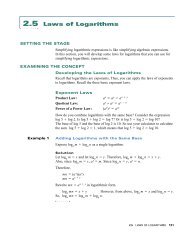CHAPTER 1
CHAPTER 1
CHAPTER 1
Create successful ePaper yourself
Turn your PDF publications into a flip-book with our unique Google optimized e-Paper software.
____ 76. A chemist is able to use a HPLC (analytical test) to distinguish between 2º amines. She receives a sampleof food that has been contaminated by an unknown alkene. She reacts this alkene with HCl. Two molesof this product is then reacted with 1 mole of NH3 to form:The unknown alkene is which of the following?a. c.b. d. 2-octene____ 77. In order to determine the identity of an unknown alcohol 'P', a chemist reacts some of it with a strongoxidizer to produce a product 'Q', which has a pH less than 6.9. Another quantity of 'P' is reacted withHCl, and then with NH3 in a 1:1 mole ratio to make 'R'. 'Q' and 'R' are reacted with H2SO4 to makeand H20. What is the identity of the alcohol?a. c.b. d.____ 78. The product formed by the reaction of CH3CO2H withis properly nameda. N-ethyl-N-methylethanamide c. N,N-diethylmethanamideb. N,N-diethylaminomethane d. N-ethyl-N-methylmethamide____ 79. Amines will not react with which of the following?a. alkyl halides c. Ketonesb. carboxylic acids d. hydrogen chloride____ 80. Which statement below is incorrect?a. the smallest aldehyde has the formula HCOHb. a carbonyl carbon consists of a carbon-oxygen double bondc. in an aldehyde, the carbonyl carbon is always bonded to a hydrogen atomd. Ketones are more soluble in water than alcohols with the equivalent number of carbons____ 81. Which of following chlorine compounds has had a negative influence on Earth's ozone layer?a. chlorofluorocarbons (CFC's)b. hexachlorobenzenec. dichlorodiphenyltrichloroethane (DDT)d. tetrachloromethane (carbon 'tet')



